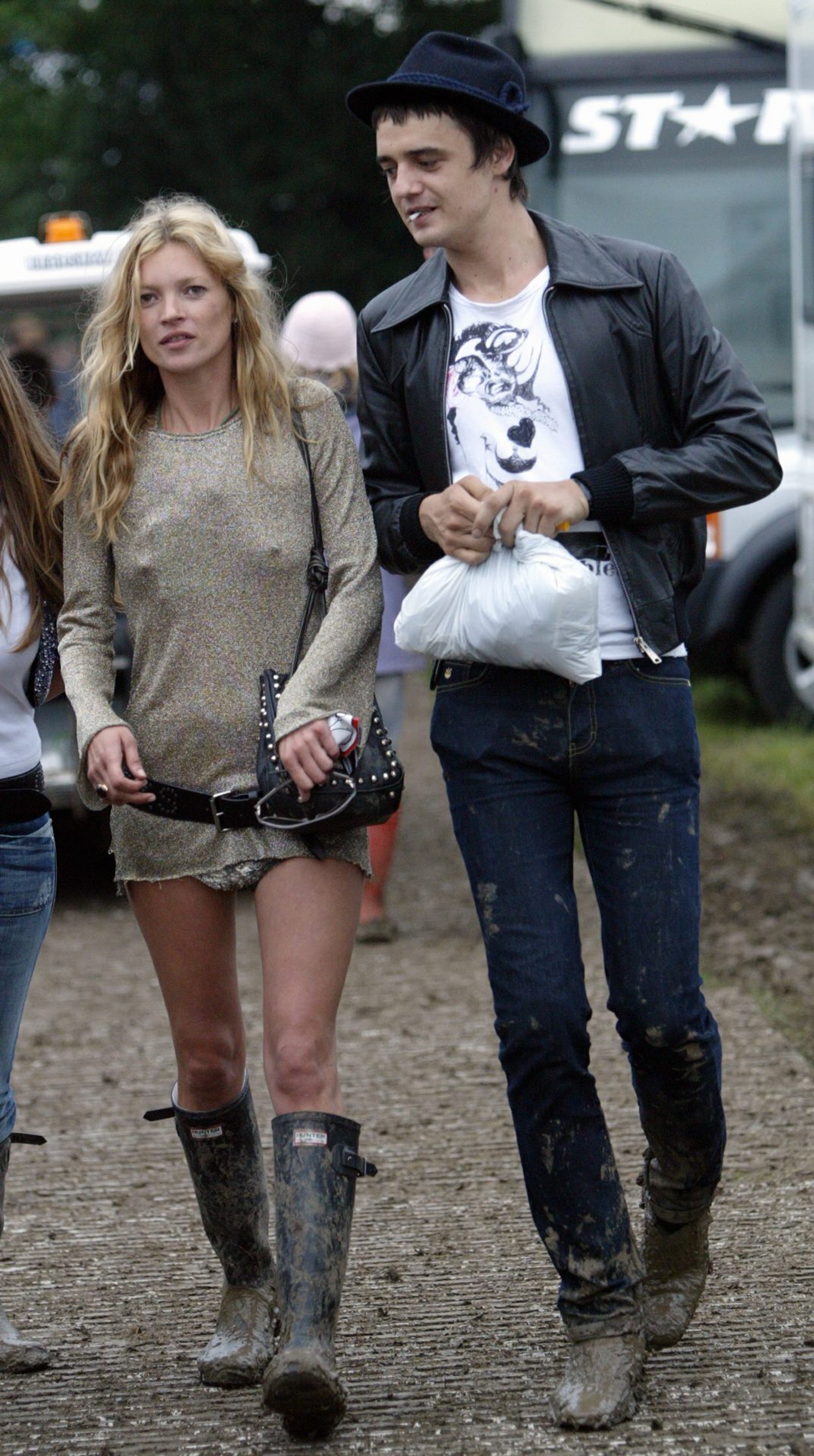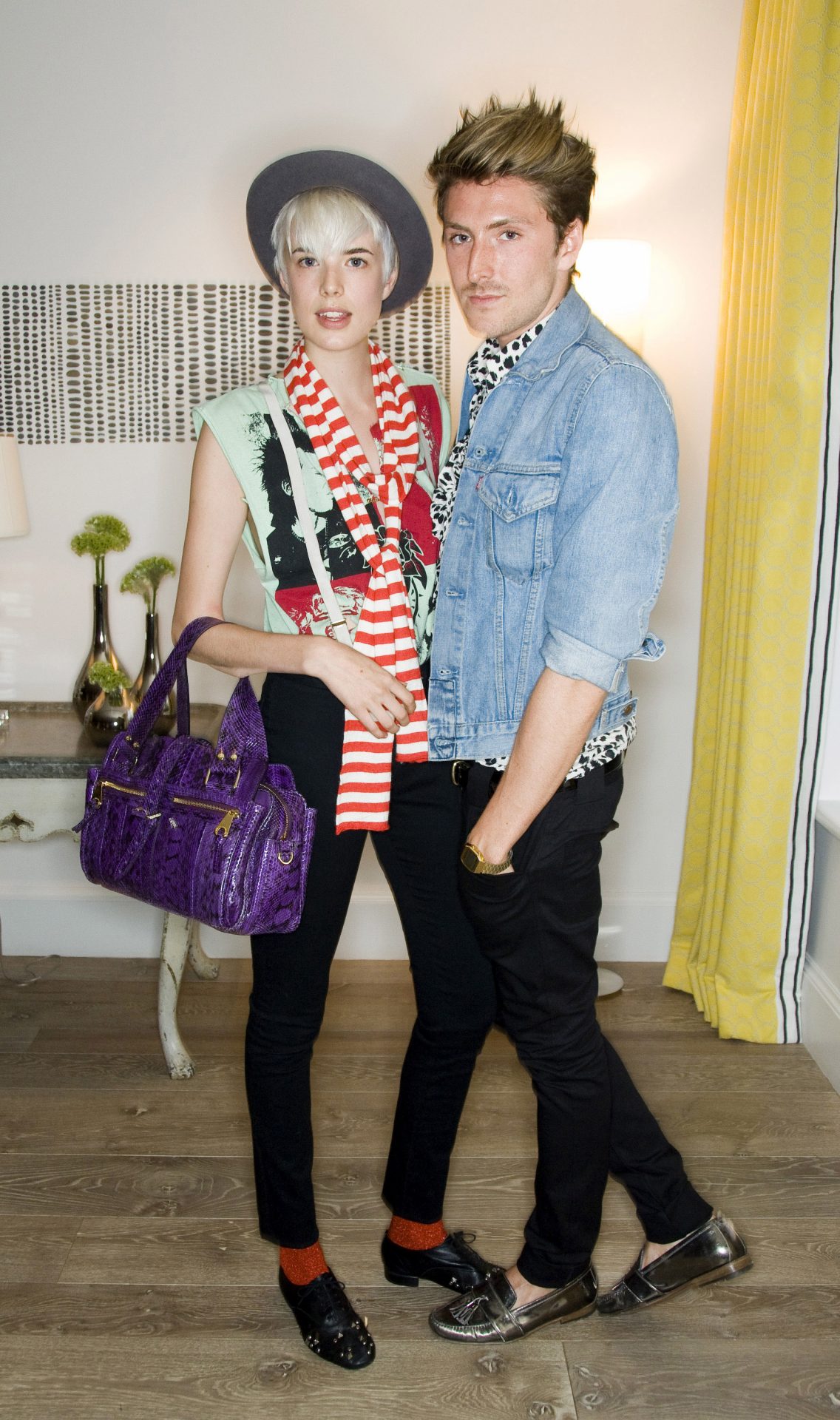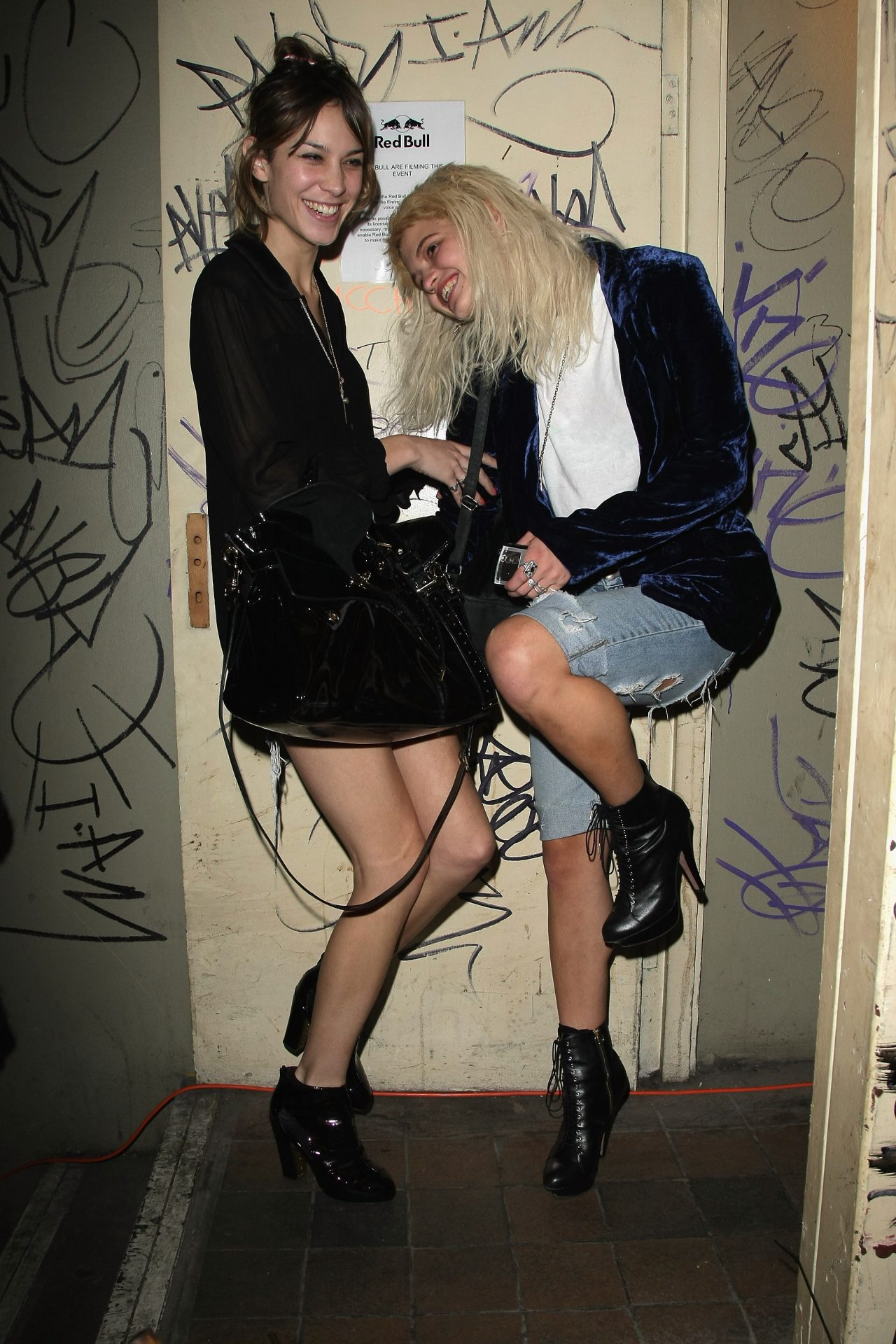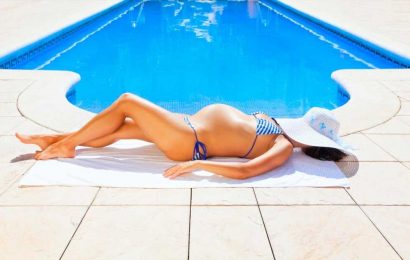Written by Naomi May
Contrary to popular opinion, this is a trend that shows no sign of returning to the fashion fore. This is why.
Cast your mind back to the early 00s. Your eyeliner’s smudged, your hair’s backcombed and you’re more than likely wearing a ripped tank top that hangs nonchalantly from your body.
It might be hard to imagine from the dawn of 2022, a time when clothes are form-fitting and barely-there, make-up is glazed and glowy and hair is contorted into all manner of flicky bobs, but according to the internet, the trends of the early 00s are upon us again.
At the end of 2021, fashion commentator and content creator Mandy Lee, who is known for her trend predictions, posted a video to her TikTok entitled Indie Sleaze Revival. “There’s an obscene amount of evidence that indie sleaze/the Tumblr aesthetic is coming back and we need to talk about it,” Lee explains in the clip, which has amassed just north of 300,000 likes. “Indie sleaze took off in the early 00s, so following the 20-year trend cycle, this isn’t too far off.”
“After the early 00s era came the indie sleaze of the mid-to-late 00s, which is a natural progression in the fashion cycle,” Jess Cheng, creative lead at The Digital Fairy, a digital creative agency, tells Stylist. “As we’ve seen with the 2000s aesthetic trend, what feels fresh to Gen-Z is a major nostalgia trip for millennials, so I think elements of ‘indie sleaze’ will be adopted across generations. Think vintage jackets, smudgy eyeliner, digital camera in tow.”
In the UK especially, there were a few key figures on whose shoulders the initial indie sleaze revolution was carried. Most notably they are fashion designer Henry Holland, his best friend Agyness Deyn and TV presenter Alexa Chung, along with their group of perennially smoking and well-coiffed friends.
These figures epitomised the British indie sleaze revolution in the early 00s. While there are certainly nods to the early 00s in current collections, most notably in the grunge aesthetic of Hedi Slimane’s Saint Laurent and the ubiquity of vertiginous platform heels that mirror the Jeffrey Campbell Lita boots that clad the feet of many a star during the original era, indie sleaze is not coming back.
Here’s why. After not taking a job since 2012, Agyness Deyn announced that she was leaving modelling and the fashion industry for good in 2014. She later ruled out an eventual return. In early March 2020, before you-know-what took hold, Henry Holland’s eponymous brand that he founded in 2006 went into administration. And earlier this year, Alexa Chung’s five-year-old namesake label suffered a similar fate, with the designer stating: “The last couple of years have been challenging for small independent businesses and ours is no exception.” You’re more likely to see Kate Moss at an Ibizan yoga retreat instead of an indie sleaze-type party, while her ex-boyfriend Pete Doherty, another pin-up of the time, has quit music to open a hotel in Margate.
For the faces that lead the British indie sleaze era, the times have changed. The sleaze of their 20s lived in the limelight have been swapped out for a series of more muted, mellow existences, which neither exemplify nor are trying to be the indie sleaze archetype. The styles which defined the indie sleaze era – all waif-thin bodies clad in skinny jeans and cropped leather jackets with hair backcombed to within an inch of its life – are the antithesis of what today’s fashion exemplifies. The words body positivity which have become parlance in the world of fashion were virtually non-existent during the time of indie sleaze; these were the years when the words TikTok referred only to the movement of analogue clocks and the concept of multi-billion dollar shapewear lines built on the back of a reality TV stars was inconceivable. The concept of indie sleaze and its flash-in-the-pan trends are merely a relic of what was in the mid-late 00s, rather than what stands to be repeated.
A dedicated Instagram account – deftly named @indiesleaze – might have amassed more than 40,000 followers and global shopping platform Lyst might have recorded a spike in searches for indie sleaze-inspired platform boots, but this trend is a myth.
You need only look at how the fashion industry has embraced curvier models, which were absolutely not a mainstay of the indie sleaze age; oversized silhouettes, which you’d be pressed to find any evidence of in the annals of the 00s; and the condemnation of skinny jeans as “cheugy”. The true hallmarks of indie sleaze have been left firmly in the past, where they belong, while the faces that lead the charge have similarly grown out of their tumbling platforms and skin-tight denim. Today’s trends instead belong to 70s-inspired penny lane coats, sunglasses, crochet dresses and – gulp – Crocs, none of which were born of the era of indie sleaze. Trends might work in 20-year cycles, but indie sleaze was a blip, one that must – and should – remain firmly in the past.
Images: courtesy of Getty.
Source: Read Full Article











